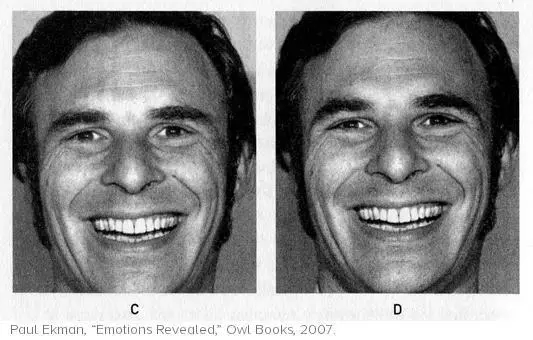Smiling can not only land you that dream life but also a long life! Learn interesting facts about smiles and how a smile can increase your longevity and chances of a better life.

How Smiles Prolong Life
Study shows that a smile releases a chemical reaction in the brain, which releases Dopamine and Serotonin hormones, among other hormones.
Dopamine is a hormone responsible for increasing happiness by reducing stress levels. Serotonin is also associated with the reduction of stress. Evidently true, as scientists prove that high levels of depression and aggression are caused by low levels of Serotonin.
On the same note, reports have consistently proved, day in, and day out, that depression weakens the immune system. Happiness, on the other hand, boosts the body’s resistance. This is because a happy person makes healthy choices compared to a depressed one.
Hence, it is important to smile more often. The good news is, the smile does not have to be deep and genuine at all times. Once in a while, it is good to fake it till you make it.
Related: Why Women Live Longer Than Men: Secrets To Long Life

Types of Smiles
“A smile is the only other gesture that is as viral and contagious as a yawn.” says Dr. Eva Ritzo, a psychiatrist, “This is because human beings have mirror neurons, which fire when they see action.” Mirror neurons enable us to reflect or emulate the behaviour we observe in others. These behaviours are not only limited to smiling but also, to other acts that express emotions.
However, out of the scientific realm, lies the idea that human beings also reciprocate smiles because they come with a feeling of endearment. A smile may be beautiful and enticing but it also heavily communicates the feeling put behind it.
While conducting research on the physiology of facial expressions, Guillaume Duchenne, a French neurologist, identified two main classes of smiles.
Also Read: Crying Is Good: Interesting Facts About Tears
- Duchenne Smile

Also known as ‘smizing’ (which stands for smiling with the eyes), this smile occurs when both the zygomatic major muscle and orbicularis oculi muscle contract during a smile.
This action raises both the cheeks and the corners of the mouth towards the eyes. A Duchenne smile is mainly associated with positive emotions, however, an exaggerated one is associated with lying.
2. Non-Duchenne Smile

Also known as “The Pan Am Smile” or “Botox Smile”, this smile involves only the contraction of the zygomatic major muscle (The muscle that raises the corner of the mouth).
The smile is named after the now nonfunctional airline Pan American World Airways. This is because its flight attendants were all known for dashing passengers
with this kind of smile at all times. A non-Duchenne smile is also considered a fake or polite smile.
Also Read: Five Tips on Maintaining A Healthy Lifestyle
How Smiles Improve Lives
A Duchenne smile can improve your life by communicating positivity and kindness. Smiling at yourself in the mirror can trick the mind into believing that you are happy.
Truly, at times, it may take so much energy for us to afford a smile.
Nonetheless, it is proven that even a tiny bit of it, from yourself or someone else, does a tiny bit of good. Meaning, a non-Duchenne smile can lighten up dark moods and ease up tense moments.
Remember, practice makes perfect. Practice smiling more often and it will automatically become a part of your daily routine. Not only does it transform you into a better and happier person, but also a healthier one.
Subscribe to Switch TV















